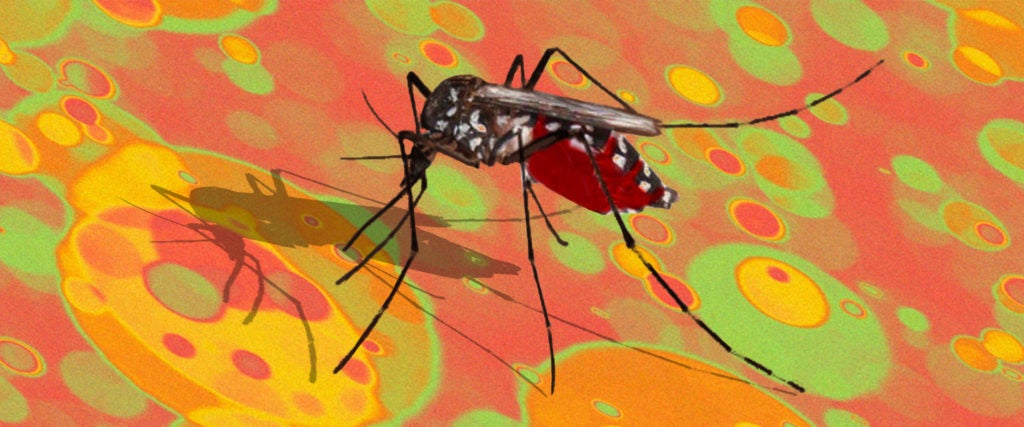Thus far, 2020 has introduced some new horror on practically a monthly basis. We’ve got a plague, police violence, a soon-to-crumble economy — we’re all basically just wondering what punishment comes next. A few weeks ago, murder hornets seemed to be the latest new feature of our hell, though the hype has since dissipated. Now, there seems to be some chatter around something called Eastern Equine Encephalitis, or EEE Virus. One of the four horsemen of the apocalypse, perhaps?
No, just a mosquito-spread disease with a 33 percent mortality rate.
Obviously, that sounds pretty horrifying and just… absolutely not what we need right now. While I’m hesitant to tell you not to worry about it (I ended up being pretty wrong the last time I did that), EEE is neither new nor common. So, basically, I don’t think you should worry about it.
Despite hitting headlines last week, EEE was first discovered in humans in 1938. The Centers for Disease Control and Prevention began measuring infections for it in 2009. Cases fluctuate year-to-year, but between 2009 and 2018, only 72 people total caught it. However, there were 38 cases in 2019 alone. Almost all of them have occurred along the East Coast and the Gulf of Mexico, though it’s also been reported in the Midwest and Montana.
There are currently no reported cases of EEE yet this year, but states are preparing for a possible resurgence in the late summer. Massachusetts, tied with Florida as the state with the most cases, recently passed a bill through the state senate to give authority to the Mosquito Control Board to take measures that would lower the mosquito population. Connecticut has similarly invested in mosquito control this month.
So, a lot of the news you’re seeing about EEE is actually about how states are currently working to prevent an outbreak of EEE comparable to last year’s. There’s no “new” virus spreading across the East Coast — at the moment, there’s not any spread at all. Instead, states seem to be taking action to avoid EEE in the first place.
Moreover, there are steps the average person can take to avoid EEE on their own. Using CDC-approved bug spray, wearing protective clothing and ensuring that you don’t have stagnant water on your property are effective in limiting your possibility of being bitten and reducing the mosquito population. It’s not clear what portion of the mosquito population carries EEE, but only about five percent of people bitten by a mosquito with EEE will contract the virus themselves. And considering how few people have the virus year after year, your odds are very low.
That said, the occasions where EEE develops into a full-blown virus in a person are serious. The virus can infect the brain and spinal cord, leading to intellectual disabilities and paralysis among those who survive it. About 33 percent of people will die within two to ten days of developing symptoms, and many of those who survive the initial infection will die within a few years. As the name of the virus suggests, horses can become infected with EEE, too. While there is a vaccine for horses, there isn’t one for humans.
Seriously, though, this isn’t some new thing to worry about. It might even be something you can be less worried about than you were previously, considering the actual news about it is that states are working to avoid EEE. Even without the numerous other diseases mosquitoes can spread, I assume MOST of us usually avoid getting mosquito bites anyway. Unless you’re some bug-spray-hating Northeastern swamp-dwelling nudist (goals), you should truly be fine.

